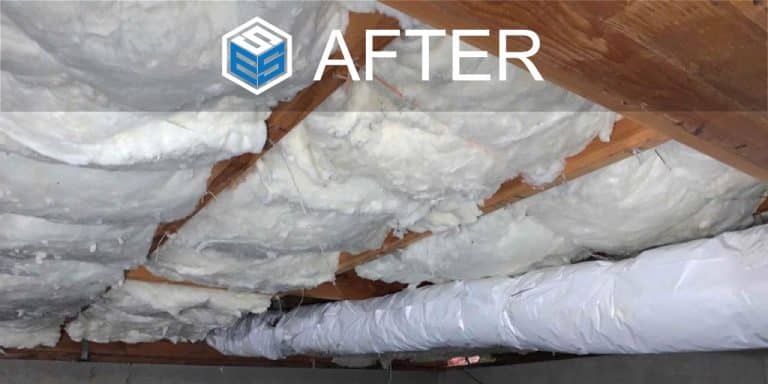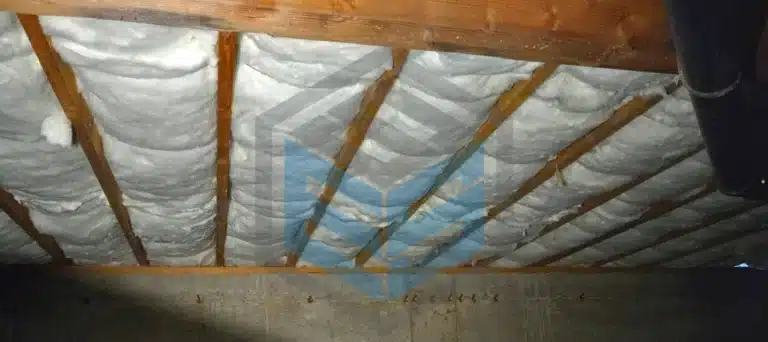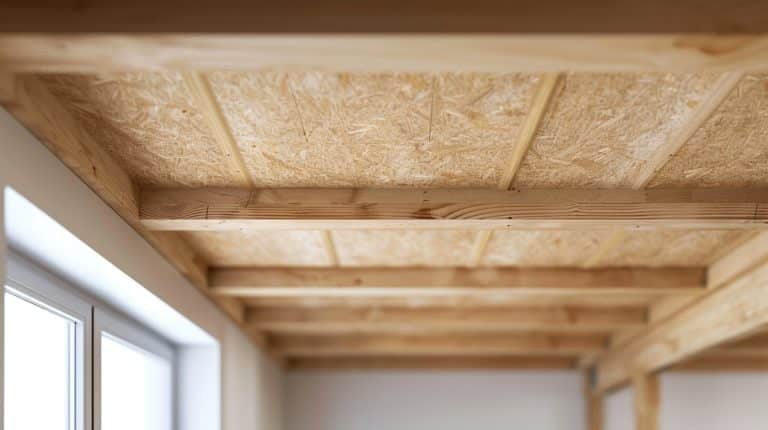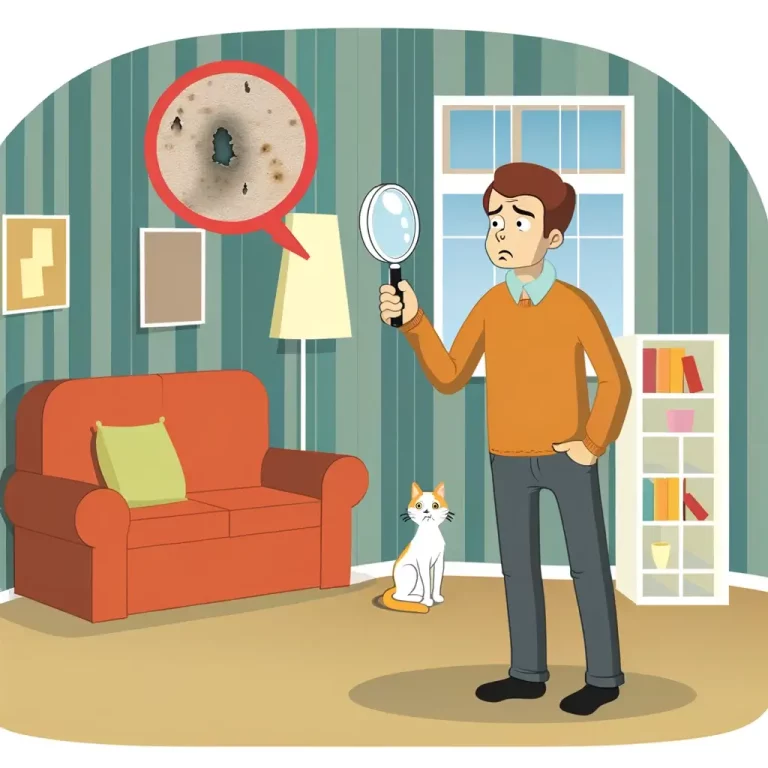Signs Your Home’s Humidity is Too Low
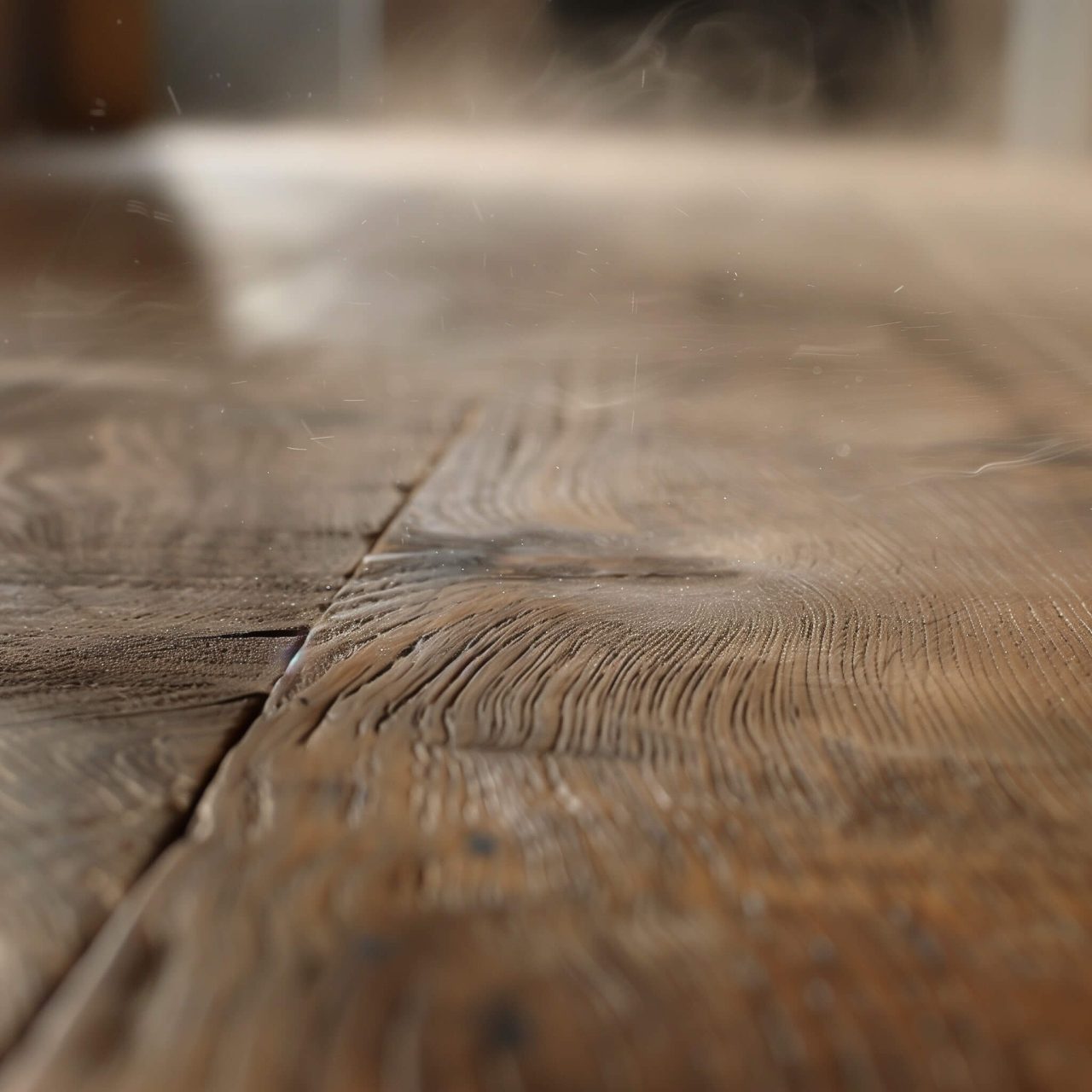
Here are some signs that the humidity in your house may be too low:
- Dry Skin and Irritation – Low humidity robs moisture from your skin, which can make it feel tight, itchy, or irritated. You may experience dry skin, chapped lips, bloody noses, and other issues.
- Static Electricity – Have you ever walked across a carpet and gotten a shock? This is caused by static electricity building up due to the air being too dry. You may notice more static sparks in your hair and clothes when indoor humidity is too low.
- Cracks in Wood Furniture and Floors – Wood naturally expands and contracts as it absorbs and releases moisture from the air. When the air becomes very dry, wood furniture, hardwood floors, and wood trim can shrink slightly, causing cracks. Lower humidity can also cause loose joinery in furniture.
- Dry Throat and Sinus Congestion – Low moisture in the air can irritate and dry out your throat, nasal passages, and sinuses. The result is symptoms such as cough, sore throat, stuffy nose, and irritated sinuses.
Signs Your Home’s Humidity is Too High
High humidity levels can cause a number of issues in your home, and these include:
- Condensation on Windows and Other Surfaces – When indoor humidity is too high, condensation can form on cold surfaces like windows, mirrors, and tile floors. The condensation occurs when warm, moist air comes into contact with a cold surface.
- Musty Odors – Excess moisture in the air can cause musty, earthy smells in your home. This is often most noticeable in basements, crawl spaces, and closets.
- Peeling Paint or Wallpaper – When interior walls stay damp for too long, it can cause paint and wallpaper to peel or bubble.
- Sweating Pipes and Leaks – High humidity can cause pipes to sweat, which is moisture condensing on the exterior of pipes. This can lead to corrosion and leaks over time. Cold water pipes are most susceptible to sweating.
- Stuffy Air – Excess moisture in the air can make indoor air feel stuffy and uncomfortable. The high humidity prevents sweat from evaporating off your skin efficiently, interfering with your body’s natural cooling mechanisms.
- Mold Growth – High humidity provides ideal conditions for mold growth. You may notice mold growing on walls, floors, ceilings, and other surfaces.
- Health Issues – Mold spores, dust mites, and other allergens thrive in high humidity environments. This can aggravate allergies, asthma, and respiratory issues for some people. High humidity can also contribute to bacteria and viral growth.
Factors That Affect Indoor Humidity

Several factors influence the humidity levels inside your home. Here are some of the main ones:
- Outdoor Humidity – The humidity level outside impacts the indoor humidity. In humid climates, it’s harder to keep indoor humidity low. In dry climates, it’s more difficult to maintain higher indoor humidity.
- Occupants – The number of people living in or frequently visiting a home affects indoor humidity. More occupants mean more breathing and perspiration, which adds moisture to the air.
- Appliances – Devices like humidifiers deliberately increase humidity. But appliances like stoves, dishwashers, clothes washers, and dryers also add moisture through steam, vapors, and damp laundry. Plants and aquariums can contribute as well.
- Air Infiltration – Outdoor air leaks indoors through cracks, windows, and doors. So outdoor humidity migrates inside too.
- Ventilation – Bathroom and kitchen fans that vent outdoors remove humid air from the home.
Recommended Indoor Humidity Range
The ideal indoor humidity range for most homes is between 30-50% relative humidity. This provides a comfortable environment and helps avoid issues caused by air that is too dry or too humid. Some experts recommend a range of 40-60% for some environments.
What you need to keep in mind is that you need to adjust the humidity level based on the weather conditions. During the winter months, you may need to increase your home’s humidity, as heating systems can dry out the air.
In the summer, the humidity tends to rise, so you may need to dehumidify your home slightly to keep it comfortable.
How to Increase Humidity?
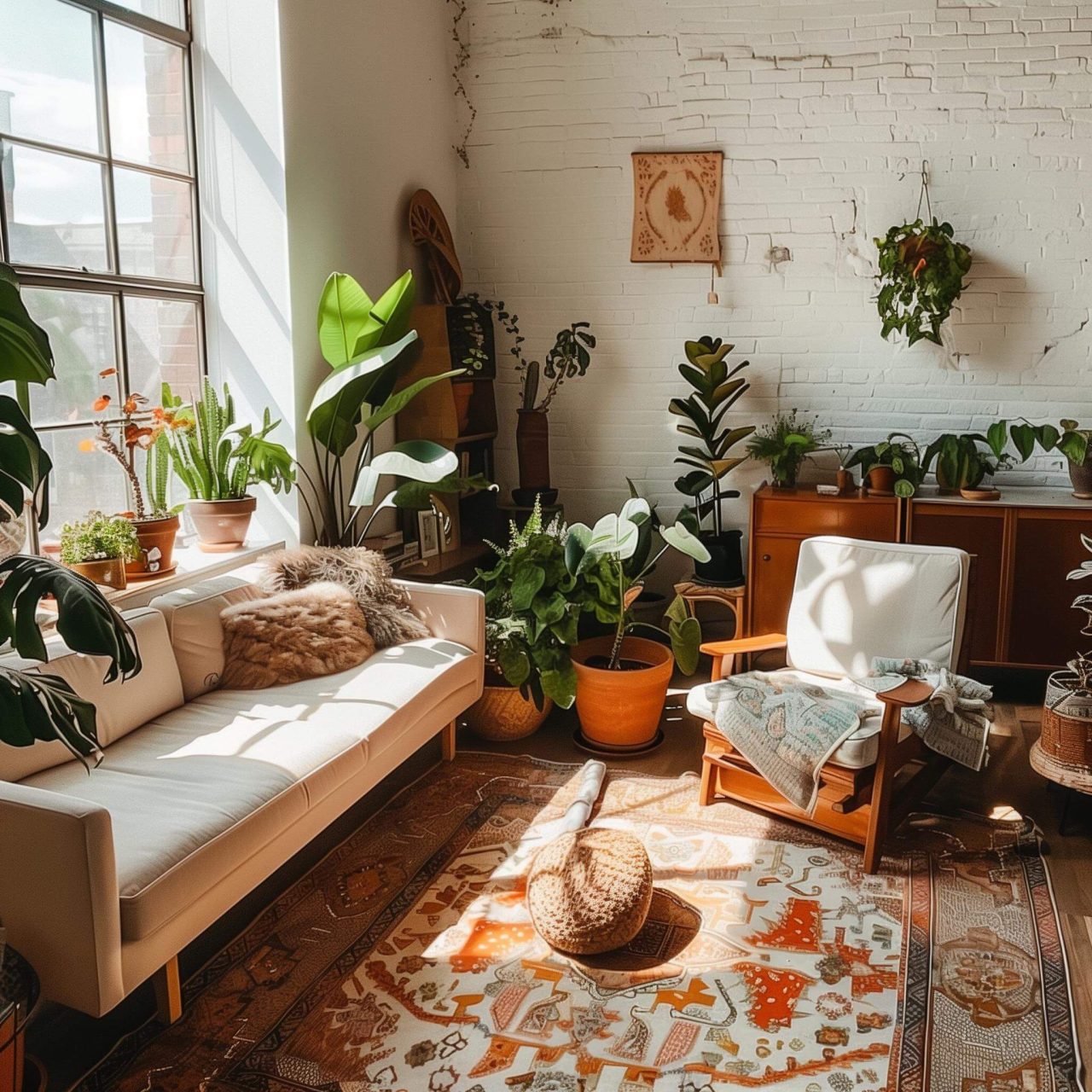
If you’re dealing with low humidity, here’s what to do to increase it.
- Avoid Excessive Ventilation
- Use a Whole House Humidifier
- Fill Bowls With Water and Place Around the Home
- Use a Vaporizer or Essential Oil Diffuser
- Add Houseplants
Keep windows and doors closed as much as possible during dry winter months. Run exhaust fans sparingly when showering or cooking. Limit the use of fireplaces and wood stoves that can pull warm, moist air out of the home.
Whole house humidifiers connect to the home’s HVAC system to humidify the entire home. They are more expensive to install but require less maintenance than portable units. A technician will be needed for proper installation.
Shallow bowls of water will evaporate into the air and add humidity. Change the water frequently to avoid bacteria and mold growth. This can be a simple DIY way to add moisture, especially in dry rooms.
Vaporizers and diffusers put moisture in the air along with scenic fragrances. Follow recipes for diffuser blends using essential oils. Clean diffusers regularly to prevent mold growth.
The soil and leaves of houseplants release moisture into the surrounding air through a process called evapotranspiration. Grouping plants together amplifies this effect. Choose hardy varieties like ferns, orchids, bromeliads, and other tropical plants.
How to Decrease Humidity?
If the humidity in your home is too high, there are several effective ways to reduce it:
- Use a Dehumidifier
- Increase Ventilation
- Improve the Insulation in Your Home
- Avoid Moisture Sources
- Run Your A/C
Dehumidifiers work by pulling moisture out of the air, collecting it in a bucket, or draining it away. They are very effective at lowering humidity levels. Place the dehumidifier in an affected room and set it to your desired humidity level. Just be sure to empty the water collection tank regularly.
Simply opening windows and doors can help humid air escape and drier air enter your home. Run bathroom and kitchen fans longer to remove moist air. You can also run a fan to circulate air in the rest of the house.
Insufficient insulation can lead to moisture issues. Adding insulation to attics, crawlspaces, and basements helps regulate humidity.
Don’t leave wet clothes or towels lying around. Fix any leaks and clean up spills right away to avoid excess moisture. Limit shower length and avoid boiling large pots of water.
If you have air conditioning, running it will remove moisture from the air as it cools. Just be sure to also drain and clean the A/C system regularly.
Wrap Up
Struggling to find the perfect balance of humidity in your home? Let Envirosmart Solution be your guide to a healthier, more comfortable living environment. Our experts specialize in creating optimal indoor air quality tailored to your specific needs. Contact us today to learn how we can help you breathe easier and live better.
Sources
- Architectural Digest(2024) What Is The Ideal Indoor Humidity Level?: What to Know (2024). Retrieved from https://www.architecturaldigest.com/reviews/hvac/indoor-humidity/
- Bob Vila (2023). This is Your Home’s Ideal Humidity Level. Retrieved from https://www.architecturaldigest.com/reviews/hvac/indoor-humidity/
- Odor Answers (n.d) Ideal Indoor Humidity Level For Maximum Comfort. Retrieved from https://odoranswers.com/home/humidifiers/ideal-indoor-humidity-level/
- IAQ Works (2023). Indoor Humidity Level: Why Is the 40–60% Range Ideal?. Retrieved from https://iaq.works/humidity/indoor-humidity-level-why-is-the-40-60-range-ideal//



